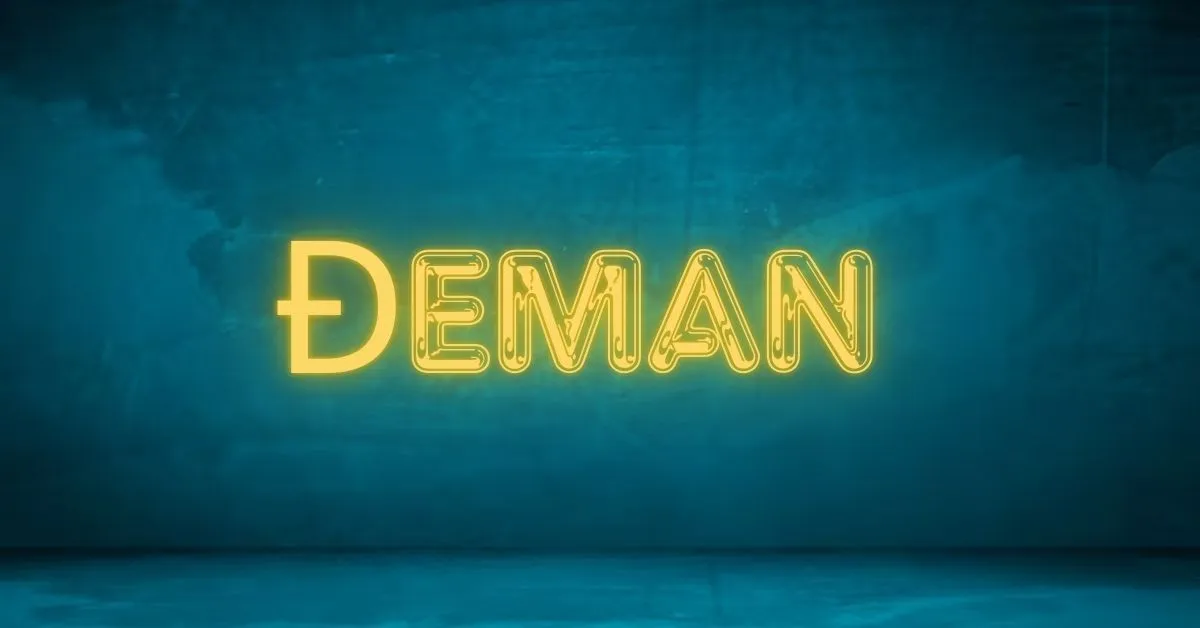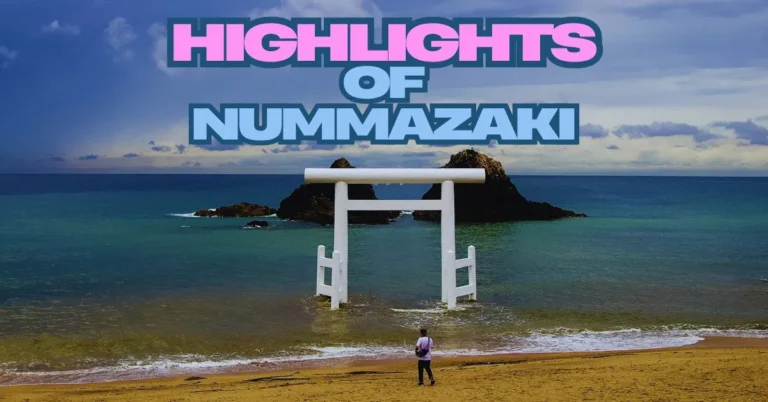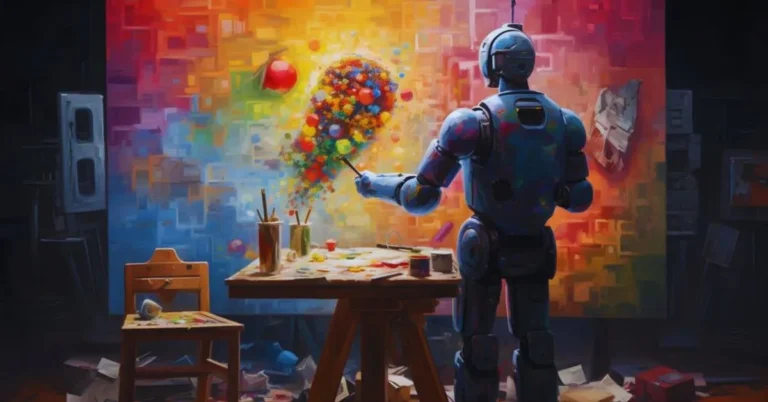The Mystical Power of Đeman: Origins and Cultural Impact
The word “đeman” carries a weighty cultural and mystical significance that has evolved over centuries, transcending various forms of media, folklore, psychology, and societal beliefs. Its origins trace back to ancient languages and writings, yet it has remained a powerful symbol in popular culture, mythology, and modern technology. This article explores the rich history, evolving meaning, cultural significance, and broad impact of đeman. Through its many interpretations and adaptations, we will uncover how this enigmatic term resonates deeply with human curiosity, fear, and fascination with the unknown.
Origins and Etymology of Đeman: Unveiling the Mystical Roots
The word “đeman” has its origins in ancient languages, specifically used in early manuscripts and inscriptions. While the exact linguistic roots remain somewhat obscure, its appearance in these early texts indicates its long-standing association with forces and beings that lie beyond human comprehension. In many cultures, “đeman” was used to describe mystical forces or supernatural beings that held power over natural phenomena, spiritual experiences, or inexplicable events.
The ancient concept of đeman is intricately tied to the human need to explain the unknown. Throughout history, this word has been used as a linguistic tool to define the indeterminate—be it a force of nature, an entity from the spiritual realm, or even a mysterious event that couldn’t be easily understood by rational minds. The very essence of đeman symbolizes what cannot be grasped or explained by everyday logic, thus creating an aura of mystery around it.
Evolving Meaning and Cultural Significance of Đeman
As societies evolved over time, the meaning of đeman evolved alongside them. What began as a term to explain mystical events and entities gradually developed new layers of interpretation in response to shifting cultural beliefs, scientific advancements, and philosophical reflections. Its meanings often changed with the times, reflecting the constantly shifting balance between the known and the unknown.
In early cultures, đeman was often invoked in religious or spiritual contexts. It was used to explain natural occurrences that could not be scientifically or logically explained, such as thunderstorms, earthquakes, and mysterious diseases. People in ancient societies were deeply connected to nature and spirituality, and the term provided a way to navigate the uncertainty of life.
As human understanding of the natural world expanded, especially during the Enlightenment period, the role of the supernatural began to diminish. However, đeman did not lose its cultural significance. Instead, it adapted to new contexts. In mythology and folklore, it became a symbol of mysterious forces that were often associated with gods, spirits, and the boundaries between life and death.
The shift in cultural and spiritual perspectives also gave rise to new interpretations of đeman, which were often used to represent an existential question: What lies beyond the limits of human comprehension?
Đeman in Modern Media and Popular Culture: Mystical Forces in Storytelling
In contemporary times, đeman has found its place in movies, television shows, literature, comics, music, and even fashion. Its portrayal as a mystical, enigmatic force has made it a powerful narrative tool for storytellers. Through media, it continues to symbolize mystery, transformation, and the clash between the known and the unknown.
Movies and TV Shows:
In film and television, đeman often takes the shape of a mysterious force or figure that challenges the protagonist’s understanding of reality. It may be represented as a powerful being, a supernatural force, or even a metaphysical concept that triggers an intense transformation. The portrayal of such a force in storytelling creates tension and drama, allowing the audience to explore themes of fear, self-discovery, and the battle between light and dark.
One of the more famous portrayals of an enigmatic force in popular media is the concept of “the unknown,” which is deeply tied to đeman. In science fiction and fantasy genres, characters frequently confront powerful forces or mysterious entities that push them beyond the boundaries of their understanding, encouraging both internal and external growth. Films like The Matrix, Stranger Things, or The Twilight Zone reflect this theme by introducing beings or concepts that represent the unknown forces of the universe.
Literature and Comics:
Literature and comics have also embraced the concept of đeman, using it as a symbol for internal or external challenges that test the limits of human experience. Writers have utilized this concept to represent the forces that shape human destiny and the unknown elements of life that we constantly seek to understand. In many classic works of fiction, characters must confront an overwhelming, often supernatural, force to advance in their story arcs. Đeman can manifest as an adversary, a challenge, or a symbol of ultimate truth in literary works.
In the comic world, characters like Doctor Strange or Constantine are often shown grappling with mystical forces that embody the essence of đeman. These forces often appear as adversaries or challenges that can only be overcome through bravery, wisdom, and, sometimes, sacrifice. The battle against such forces not only propels the plot but also highlights the human capacity to deal with the unknown.
Psychological and Social Dimensions of Đeman: Confronting Inner Fears and Dark Forces
The term “đeman” is more than just a symbol of external mystical forces; it also reflects psychological and social dimensions that are deeply ingrained in the human psyche. Psychologically, đeman can be seen as a projection of our darkest fears, repressed desires, and the hidden aspects of our personalities. It represents the unknown elements of the self that are often difficult to confront, making it a powerful symbol of the inner struggle between good and evil, light and dark.
Psychological Symbolism:
At its core, đeman embodies the darker components of the human psyche—those aspects that are often hidden or suppressed. This could include our fears, desires, anxieties, or traumas that we have yet to confront. By representing these elements in a tangible form, đeman acts as a mirror to our internal struggles, inviting individuals to face their inner darkness and come to terms with their true selves.
In this way, the concept of đeman can also serve as a cathartic mechanism, allowing individuals to explore their deepest fears and find ways to overcome them. The narrative of battling an unseen or supernatural force is not just external but also deeply internal. It represents the journey toward self-realization and psychological healing.
Social Dimensions:
Socially, đeman can be interpreted as the embodiment of the unknown forces in society—those elements that individuals or communities cannot control or fully understand. The word reminds us of the presence of chaos and disorder that exists outside the boundaries of human control. Through confronting these unknowns, society strives to bring order and clarity, often looking to leaders, institutions, or ideologies to provide answers.
In social discourse, the notion of confronting đeman could also reflect the collective struggle to address global challenges, such as climate change, social injustice, or technological disruptions. The word acts as a symbol for the unknown and for humanity’s ongoing efforts to navigate it.
Linguistic Impact and Global Influence of Đeman: From Ancient Roots to Modern Vocabulary
The influence of đeman goes beyond mythology and culture; it has left an indelible mark on language itself. Throughout history, various idioms and expressions have emerged that reflect the essence of đeman. These expressions have evolved to describe the intangible, the mysterious, and the inexplicable.
Linguistic Influence:
The concept of đeman has influenced numerous idiomatic phrases and expressions used in everyday language. For example, terms like “enter the unknown,” “face the darkness,” or “embrace the mystery” all reflect the essence of confronting the unknown forces represented by đeman. These expressions give language a way to describe abstract ideas that would otherwise be difficult to articulate.
As global cultures have interacted over the centuries, the word and its cultural significance have been adopted and adapted in various languages, contributing to its widespread understanding. Whether in literature, media, or colloquial conversation, đeman’s impact on language has enriched our ability to express the unknowable.
Cross-Cultural Interpretations:
Across different cultures, the concept of đeman is interpreted in various ways, though the underlying theme remains consistent. Whether it is depicted as an entity, a force, or a challenge, its core symbolism resonates universally. The cross-cultural appeal of đeman highlights its flexibility as a concept and its ability to transcend specific cultural contexts, reinforcing its relevance in the global narrative.
Educational and Technological Implications of Đeman: A Tool for Learning and Innovation
In addition to its cultural and psychological significance, the concept of đeman has also found its place in educational and technological domains. By harnessing its rich symbolism and narrative power, educators and creators can engage with students and audiences in innovative ways.
In Education:
Educators have recognized the power of the concept of đeman to spark curiosity and foster learning. Through the symbolic use of đeman, teachers can engage students in topics related to mystery, the unknown, and the exploration of complex themes like good versus evil or the nature of reality. By utilizing this powerful archetype in classrooms, educators can encourage deeper reflection on the mysteries of the world and inspire students to think critically about the unseen forces that shape their lives.
In Technology and Media:
In the world of video games, virtual reality, and digital storytelling, đeman serves as a crucial narrative device. Its presence drives the plot forward, creating compelling quests, characters, and worlds. In video games like The Legend of Zelda, Dark Souls, or Skyrim, players often confront forces or mysteries that embody the essence of đeman, driving both adventure and self-discovery.
Social media platforms, too, have played a role in perpetuating the mythos of đeman, with online communities creating fan theories, memes, and content centered around its symbolism. As technology advances, the role of đeman in media will continue to evolve, becoming an even more integral part of digital storytelling and innovation.
Conclusion
The journey of đeman from ancient linguistic roots to its present-day portrayal in media and culture is a testament to the enduring human fascination with the unknown. As a symbol of mystery, transformation, and the struggle between light and dark, đeman continues to inspire creativity, thought, and exploration.
From its deep psychological and cultural meanings to its impact on language, media, and technology, the concept of đeman has woven itself into the very fabric of human understanding. As we continue to explore new frontiers in science, storytelling, and social progress, the power of đeman will remain a vital part of our collective imagination, urging us to confront the mysteries that lie just beyond our grasp.
Whether in the pages of ancient texts or the scenes of modern movies, đeman will forever symbolize humanity’s quest to understand the mysteries of the universe.







